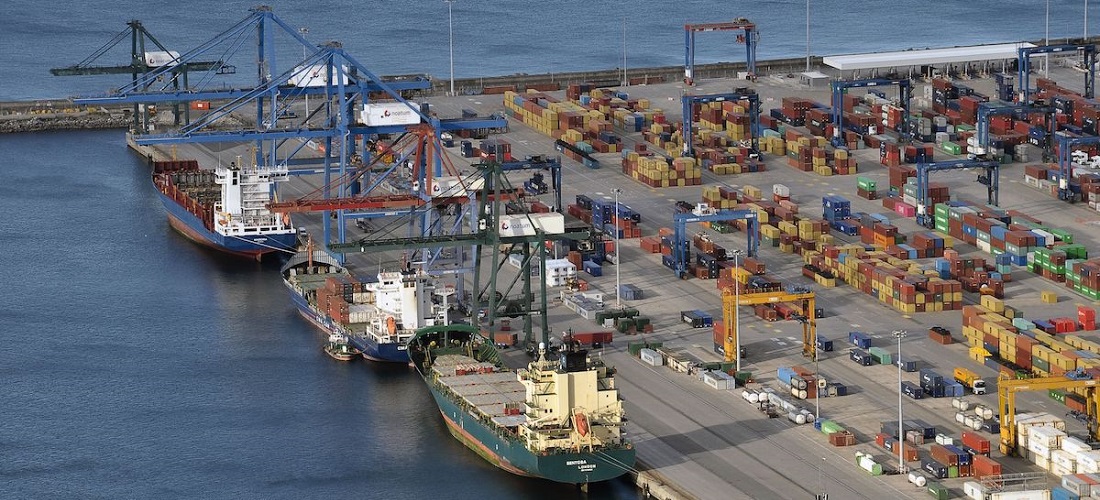
Chile: Biobio ports are alternatives for Argentine exports to Asia
Aug, 20, 2019 Posted by Sylvia SchandertWeek 201935
Chilean ports in the Biobio region, such as the Puerto Coronel terminals, San Vicente International Terminal (SVIT), and DP World Lirquen, have become a logistical alternative for Argentine producers and businessmen interested in shipping their products to the Asian market.
According to Rodrigo Schilling, Puerto Coronel’s commercial manager, “the Argentine cargo (which leaves through the Terminal) is mainly made up of fruits and at the end of the first semester reached 1,200 containers, in line with our projections. Even though fruit production in the Neuquen Valley has fallen for several years due to internal economic factors, exports from Chilean ports are growing steadily because Argentina is betting heavily on the Asian market, especially China.”
According to Gloria Romero, SVIT’s commercial director, the ports of the Biobio region transferred 2,500 containers from Argentina in 2018. So far this year, the number has already exceeded 3,000 containers.
Argentina fruit (HS 08) export trends to the world | Jan 2015 to June 2019 | TEU
Source: Datamar
Regarding the prospects of continuing to consolidate this type of services for Argentinean cargo, Romero stressed that “SVIT is projected as a real alternative, which has comparative advantages over other ports. We invest in state-of-the-art infrastructure that enables us to offer faster, more efficient and safer service. In addition,” she said, “the terminal, located in San Vicente Bay, has an important infrastructure that can handle dry and reefer cargo and our people have been trained to consolidate different cargo formats.”
DP World Lirquen reported that the transit time they offer for Argentinean cargoes destined for Asia is shorter than what Argentine ports currently offer.
The port authorities highlighted the role of regional authorities “as engines that generate conditions of efficiency and reliability in the export and import processes, allowing us, as a region, to add value to the logistics chain of foreign trade.”
Source: Mundo Marítimo
-
Ports and Terminals
Apr, 16, 2020
0
Pecém reports an 11% increase in first quarter cargo handling but is cautious about future growth
-
Grains
Nov, 18, 2020
0
Insect infected rice cargo detained at Imbituba port
-
Economy
May, 10, 2021
0
Argentina inflation to reach 47% in 2021
-
Economy
Jan, 31, 2023
0
DataLiner: new data reveal large drop in Brazilian containerized exports in 4Q22


